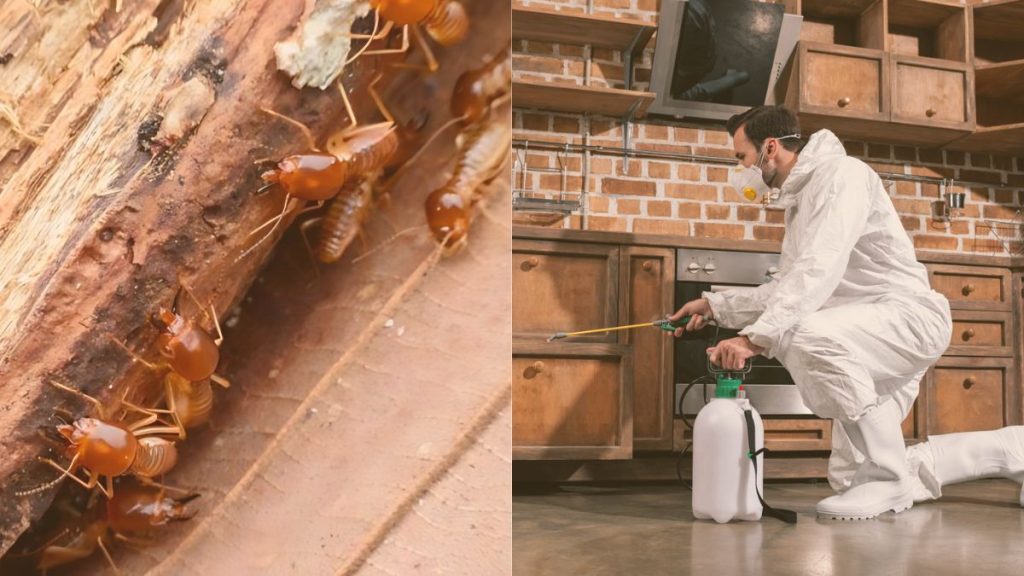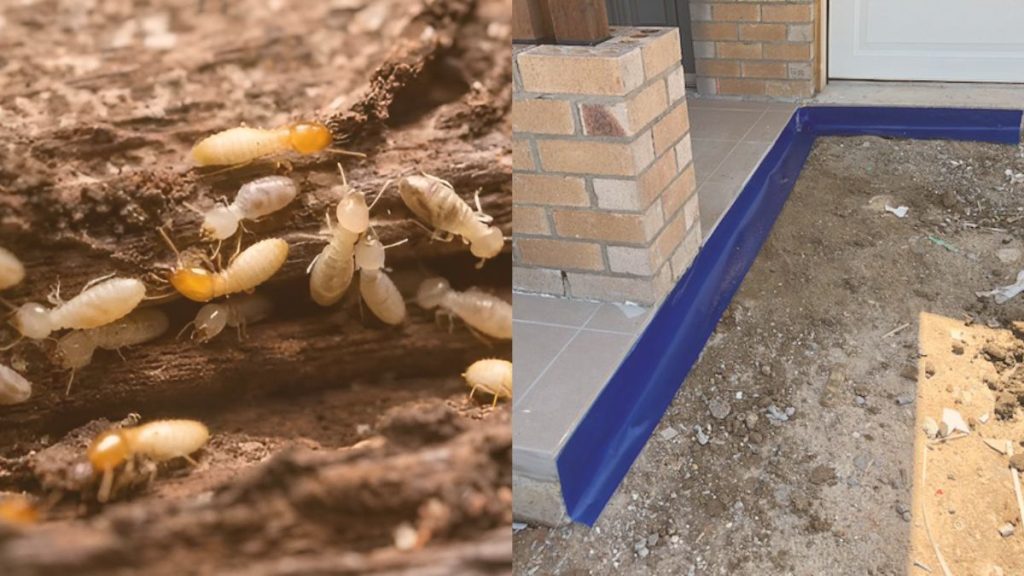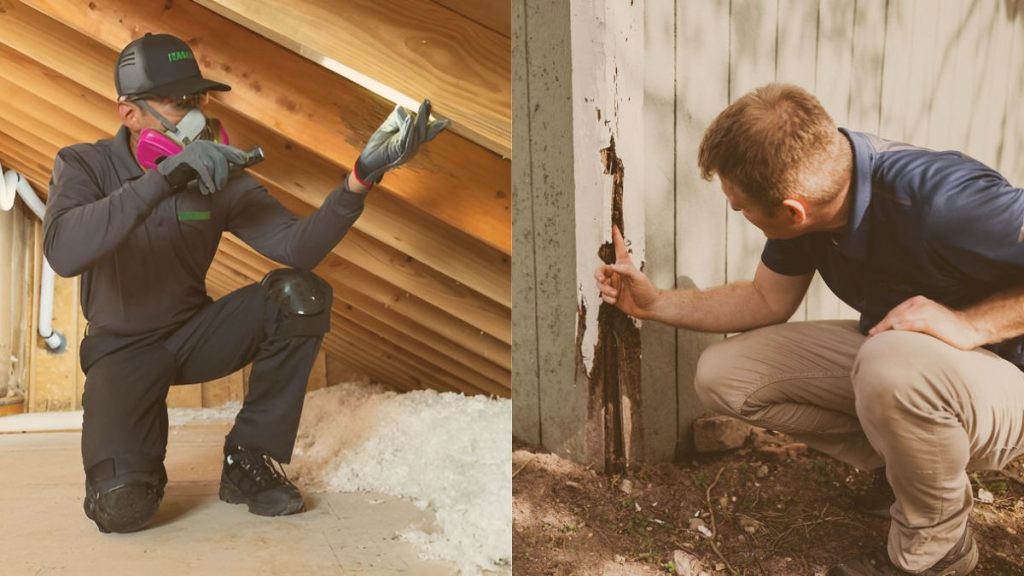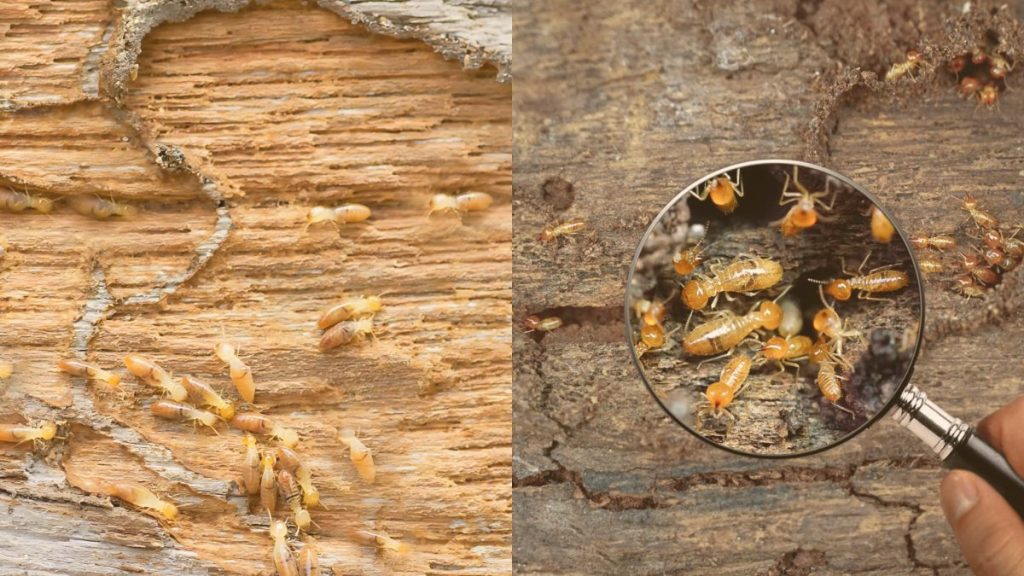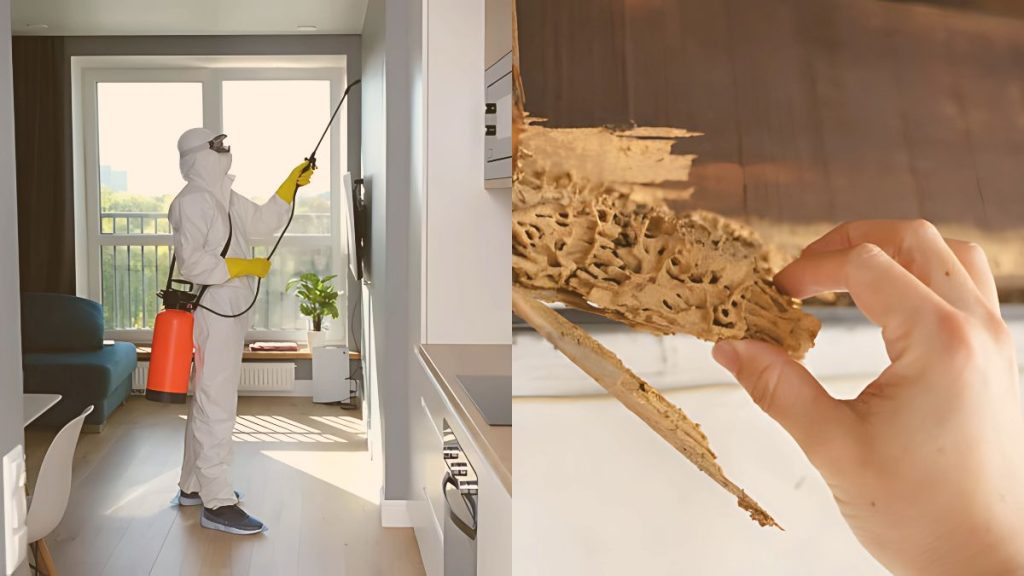How to Protect Your Home from Termites: Expert Prevention Tips
Termites can silently destroy your home, causing expensive damage before you even notice them. If you want to keep your property safe, knowing how to prevent a termite infestation is essential. In this article, we’ll cover expert tips to protect your home from termites, from spotting early warning signs to effective prevention methods. Keep reading to learn how to safeguard your home and avoid costly repairs. Common Types of Termites Different types of termites can invade your home, each with unique characteristics and habits. Knowing which type you’re dealing with can help you take the right prevention steps. Identifying the type of termite infestation can help you take the right action to protect your home from damage. Signs of Termite Infestation Termites often go unnoticed until significant damage is done. Here are 4 key warning signs that could indicate a termite problem in your home: i. Mud Tubes on Walls or Foundations ii. Discarded Wings Near Windowsills or Doorways iii. Hollow-Sounding or Damaged Wood iv. Frass (Termite Droppings) If you notice any of these signs, it’s crucial to take action immediately to prevent further damage to your home. 6 Effective Termite Prevention Tips Protecting your home from termites requires a combination of proactive measures. Here are six effective tips to help safeguard your property: 1. Eliminate Moisture Sources Termites thrive in damp environments, making moisture control one of the most effective ways to prevent an infestation. Here’s how you can reduce moisture around your home: By eliminating moisture sources, you make your home less attractive to termites, reducing the risk of an infestation. 2. Maintain Proper Ventilation Good ventilation helps reduce moisture levels in your home, making it less inviting for termites. Here’s how to improve airflow and prevent humidity buildup: Improving ventilation keeps your home dry, reducing the chances of a termite infestation. 3. Practice Proper Storage of Wood and Cellulose Materials Termites feed on wood and other cellulose-based materials. Proper storage can help reduce the risk of an infestation. Here are some simple but powerful actions you could take: By properly storing wood and clearing debris, you can reduce termite food sources and protect your home from an infestation. 4. Do Regular Home Maintenance Keeping your home well-maintained is crucial in preventing termites from finding entry points. Here are key steps to protect your home: Routine maintenance not only helps prevent termites but also protects your home from other structural issues. 5. Landscaping Considerations Your landscaping choices can play a significant role in preventing termite infestations. Here are some essential tips: Proper landscaping maintenance not only enhances your home’s curb appeal but also serves as an effective deterrent against termites. 6. Schedule Professional Inspections and Treatments Regular professional inspections can provide peace of mind and ensure early detection of termite issues. Here’s how to work with experts to protect your home: Regular inspections and preventive treatments are essential for ensuring long-term protection against termites. By following these tips, you can greatly reduce the risk of a termite infestation and protect your home from costly damage. Final Thoughts Termites can silently wreak havoc on your home, but by following these expert prevention tips, you can protect your property and avoid costly repairs. From eliminating moisture sources to maintaining your home and yard, taking these proactive steps can significantly reduce the risk of an infestation. Furthermore, regular inspections by licensed professionals and the use of preventive treatments offer an additional layer of protection, ensuring that your home stays safe from these destructive pests. By staying vigilant and taking action early, you can preserve the integrity of your home for years to come. Key Takeaways FAQs What are some natural ways to repel termites? Natural termite repellents include essential oils (like tea tree and lavender), diatomaceous earth, and cedar wood. These can be used to deter termites but may not eliminate an existing infestation. How often should you inspect for termites? It’s recommended to inspect for termites annually, especially in high-risk areas. Regular inspections can help catch infestations early and prevent significant damage. How much does it cost to treat a house for termites? The cost of treating a house for termites varies widely depending on the extent of the infestation, treatment method, and location. On average, treatments can range from a few hundred to several thousand dollars.

